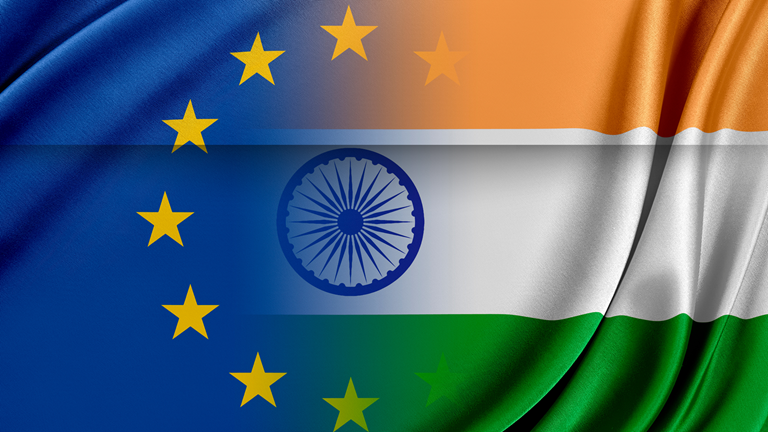Key Findings
- Research suggests India offers cost advantages for EU apparel businesses, with lower labor costs compared to the EU.
- More suppliers leverage government incentives like the PLI scheme, reducing setup risks and enhancing competitiveness for EU clients. AryaTrade can help facilitate contact with these suppliers.
- The evidence leans toward growing sustainability in Indian apparel, aligning with EU standards, though skills gaps may require investment.
- An unexpected detail is India’s potential as a large domestic market, enhancing market access for EU businesses, especially with ongoing EU-India free trade talks.
Cost Advantages
Studies show India’s apparel sector provides competitive labor costs, significantly below EU levels, particularly when collaborating with reputable manufacturers known for efficiency and quality (India tops list of countries with cheapest manufacturing costs). This cost edge is maximized with suppliers who maintain high productivity, reducing risks of inefficiencies.
Market Access and Incentives
India’s vast domestic market, alongside its role as the EU’s largest trading partner (€124 billion in 2023), offers dual opportunities for apparel businesses (EU trade relations with India). The ongoing EU-India FTA negotiations, targeting completion by 2025, promise tariff reductions, while the PLI scheme for textiles mitigates setup risks through subsidies and tax benefits when partnering with eligible, high-caliber suppliers (EU-India free trade agreement [International Agreements in Progress]; Top 4 Government Initiatives for the Indian Textile Industry).
Sustainability and Quality
Research highlights a growing sustainability focus among India’s leading apparel manufacturers, with 80% adopting eco-friendly practices like organic cotton and recycling, aligning with EU labor and environmental standards (Sustainable manufacturing practices by Indian industries). These top suppliers ensure quality, reducing risks of regulatory non-compliance for EU firms.


